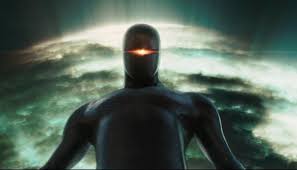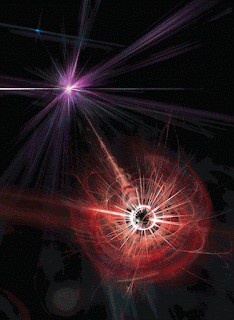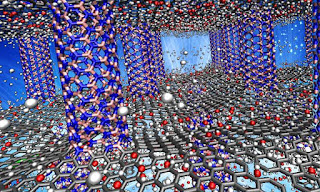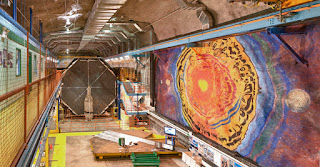 |
| Image Source: Link below |
Topics: Consumer Electronics, Economy, Internet of Things, Jobs, Mathematical Models
Data science in our interconnected world is beyond big, and becoming more so with the advent of the Internet of Things in consumer electronics.
However, it would be remiss to not know the genesis of big data in a 50s innovation by the banking industry: credit cards. They are the status symbols of "success," in reality just another bill to pay.
They are also a means companies use to screen potential hires despite their resumes, experience or in-person interview performance. It likely exacerbates the growing gap in income inequality. If some want to take us metaphorically back to the days of misogynistic Madmen, Fonzie and Chachi (Emmett Till and pre Rosa Parks), in many ways we're already there.
Credit scores are one of the formulas that determine our world. They often work against us, from job prospects to how long we’re on hold.
When I was little, I used to gaze at the traffic out the car window and study license plate numbers. I would reduce each one to its basic elements — the prime numbers that made it up. 45 = 3 x 3 x 5. That’s called factoring, and it was my favorite investigative pastime.
My love for math eventually became a passion. I went to math camp when I was 14 and came home clutching a Rubik’s Cube to my chest. Math provided a neat refuge from the messiness of the real world. It marched forward, its field of knowledge expanding relentlessly, proof by proof. And I could add to it. I majored in math in college and went on to get my Ph.D. Eventually, I became a tenure-track professor at Barnard College, which had a combined math department with Columbia College.
And then I made a big change. I quit my job and went to work as a quantitative analyst for D. E. Shaw, a leading hedge fund. In leaving academia for finance, I carried mathematics from abstract theory into practice. The operations we performed on numbers translated into trillions of dollars sloshing from one account to another. At first I was excited and amazed by working in this new laboratory, the global economy. But in the autumn of 2008, after I’d been there for a bit more than a year, it came crashing down.
The crash made it all too clear that mathematics, once my refuge, was not only deeply entangled in the world’s problems, but also fueling many of them. The housing crisis, the collapse of major financial institutions, the rise of unemployment — all aided and abetted by mathematicians wielding magic formulas. What’s more, thanks to the extraordinary powers I loved so much, math combined with technology to multiply the chaos and misfortune, adding efficiency and scale to systems that I now recognized as flawed.
If we had been clear-headed, we all would have taken a step back to figure out how math had been misused and how we could prevent a similar catastrophe in the future. But instead, in the wake of the crisis, new mathematical techniques were hotter than ever, and expanding into still more domains. They churned 24/7 through petabytes of information, much of it scraped from social media or e-commerce websites. And increasingly, they focused not on the movements of global financial markets but on human beings — on us. Mathematicians and statisticians were studying our desires, movements and spending power. They were predicting our trustworthiness and calculating our potential as students, workers, lovers, criminals.
Discovery Magazine: Weapons of Math Destruction, Cathy O'Neill













